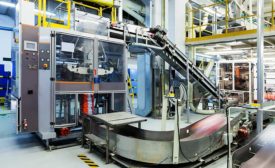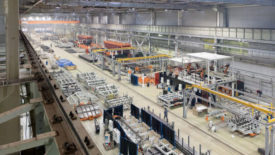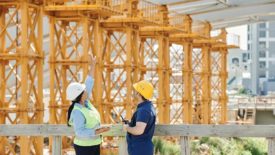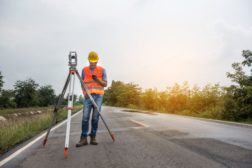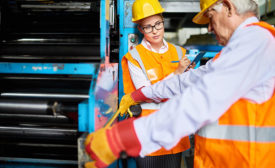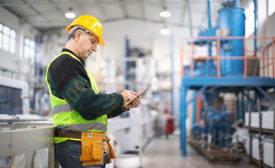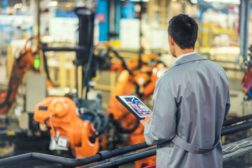Articles by Bryan Christiansen
Safety in manufacturing
Investing in EHS saves your facility time and money
December 7, 2022
Never miss the latest news and trends driving the safety industry
eNewsletter | Website | eMagazine
JOIN TODAYCopyright ©2024. All Rights Reserved BNP Media.
Design, CMS, Hosting & Web Development :: ePublishing

